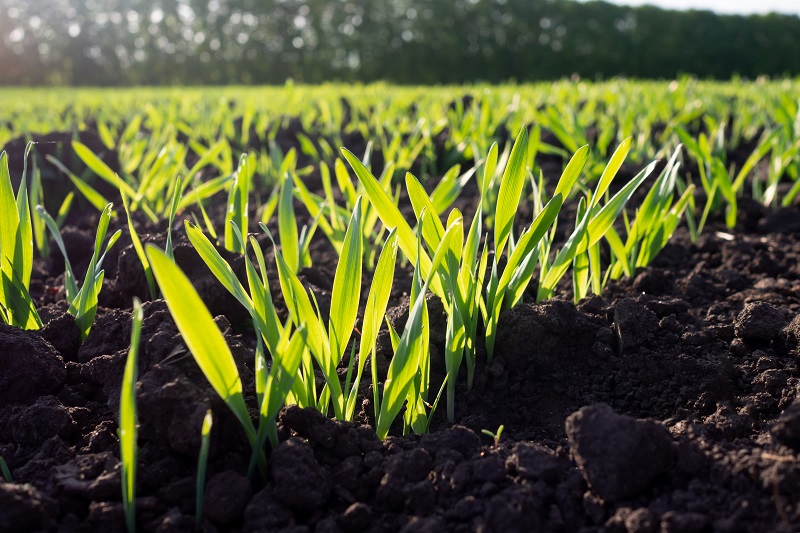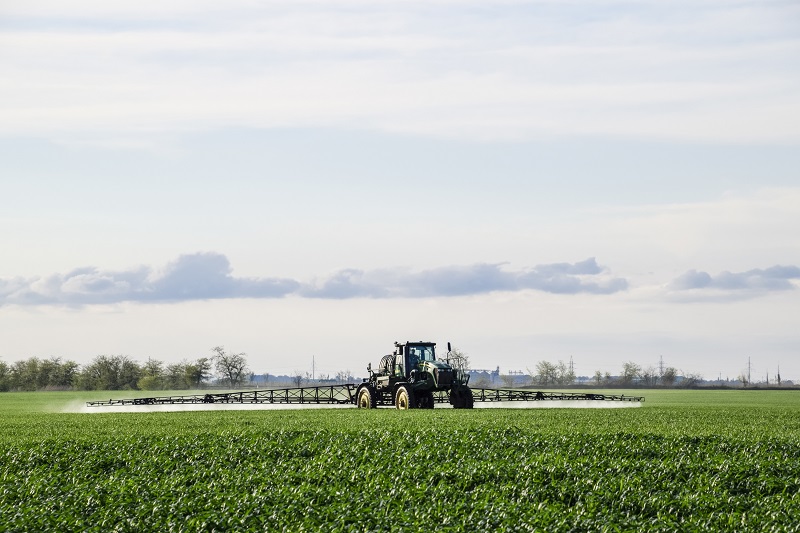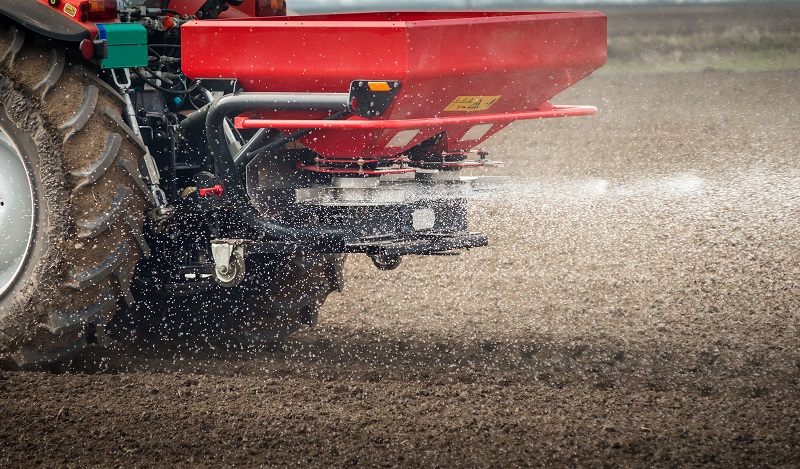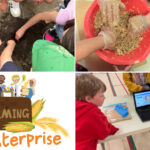Even plants need food

Here’s what fertilizer means for grain plants.
Humans, animals – and even plants — need food to help us grow, fight off disease, and to be healthy. For many humans, a diet rich in whole grains such as barley, corn, oats, soybeans and wheat are an important part of a healthy diet.
But how do our grain plants get their nutrients?
Fertilizer is plant food that farmers apply to healthy soil at specific times of a growth cycle to ensure crops have the nutrients they need. Just as human bodies turn food into carbohydrates, protein and fat for different functions, plants require sunlight, water and nutrients such as phosphorus, nitrogen and potassium to grow and thrive.
Fertilizer looks like this

Some of the nutrients that plants need are found in livestock manure, which farmers spread carefully on their fields at specific times of the growing season.
Fertilizer also looks like this


Farmers also purchase commercial fertilizer that contains higher concentrations of the nutrient’s crops need. It can be applied in a granular or a liquid form. Fertilizer is costly, so farmers are precise about how and when they use it to grow the food we need. Soil testing, modern technology, and efficient soil management techniques are all ways farmers carefully apply what is needed when it is needed.
Crops will not produce enough food without fertilizer. It is a vital tool farmers use to be able to grow enough food to feed our growing population.
Even our most nutritious soils need fertilizer
In Ontario, we are lucky to have some of the world’s BEST ground where we can grow whole grain crops. Every farmer works to preserve and enhance soil to keep it productive.
Crop rotation helps keep soil healthy by changing what crops are planted on specific fields each season.
Cover crops keep soil in place, and add nutrients and organic matter (bulk) back into the soil.
Soil testing gives farmers a snapshot of how healthy their soil is. This science-based tool helps farmers to make important decisions about the practices that will help them grow food.
The “4Rs” for nutrient management
Whole grain crops need fertilizer to grow, but too much fertilizer can harm soil, water, and profitability. By using precisely what a crop needs, farmers provide economic, social and environmental benefits. But how much is too much?
Farmers consult with soil scientists who use research data and results from their field’s soil testing to calculate precisely what each crop requires using the “4Rs” framework.
- The RIGHT SOURCE. Data helps to determine what type of fertilizer is the most effective choice for a specific crop and field.
- At the RIGHT RATE. Less is more! Some crops need more of a specific nutrient than others.
- At the RIGHT TIME. Plants need more nutrients at specific stages of growth.
- In the RIGHT PLACE. Farmers apply fertilizer precisely where plants will use it.
Thousands of products (and counting!)
6 MILLION acres of Ontario farmland produces 3000+ products in grocery stores in Canada and around the world, from rolled oats to flour to plant-based protein products. Pets and livestock eat Ontario grains too! And, our crops are vital ingredients in consumer products like toothpaste, printer’s ink, biofuels and so many more.
Ontario’s 28,000 barley, corn, oat, soybean, and wheat farmers are proud of the important role we play in feeding the world while caring for our land.
The world needs the food we grow, and that food needs food too.



